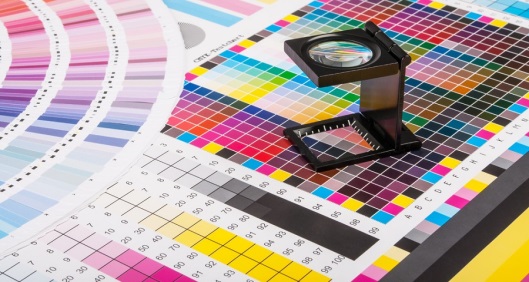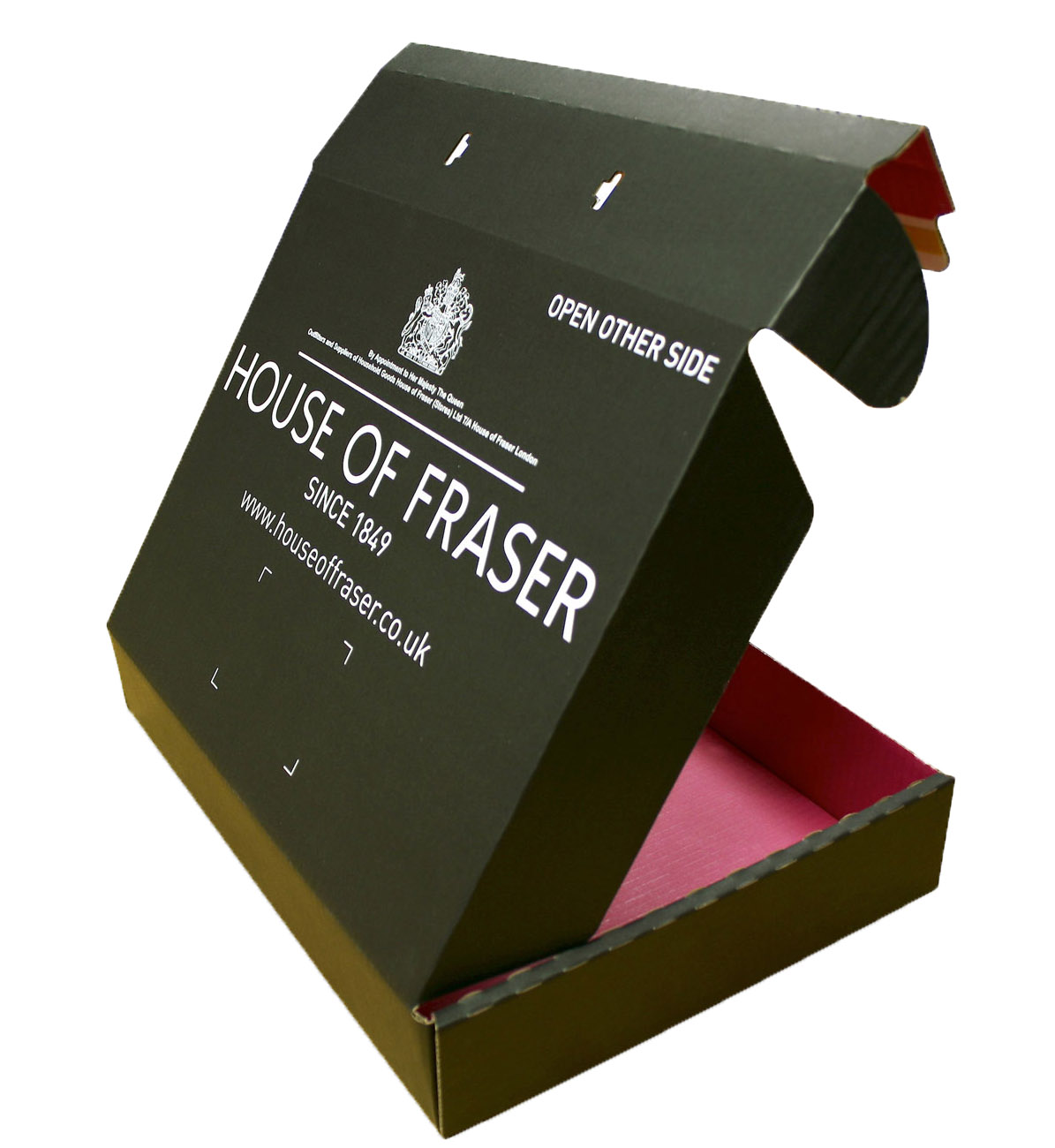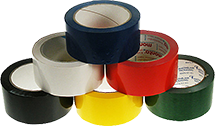Often, we’re asked what the difference between lithographic and digital print is, including which option is best for printing boxes. In reality, it depends on the job. You need to factor in how many boxes you’re printing, the board material / grade, the range of colours required and the lead time. Read our quick guide to find out which print will suit your needs…
Lithographic (Litho) Printing
Litho print uses wet ink on printing plates to transfer an image to paper (or cardboard). Commonly, litho printing will use a four colour (CMYK) process, with each colour being applied with a different plate. Spot colours, such as special metallic or pantone matched inks can be applied with a separate plate. Plates are often referred to stereos. You’ll normally be charged for the design and manufacture of your printing plates. The cost will differ depending on the size of the plate and complexity of the design.
- Material suitability: Lithographic presses will run materials from 60gsm up to 500gsm with ease. You will find that the vast majority of cartons are printed using this methods. Litho presses can also handle a wider variety of materials compared to digital.
- Range of colours: Litho print offers a wide range of colours. If a high level of accuracy is required, litho is the best option as it allows pantone matching.
- Quantities: Suitable for small or high volumes. If boxes are involved, quantities are often dependant on the box size.
- Lead time: Turnaround is usually around a 5 working day average from receipt of approved artwork and printing plates, depending on the size of the job. It takes slightly longer than digital print as time needs to be allowed for the ink to dry.
Digital Printing
Digital printing is a four colour process that uses electronic files and dots of colour to produce an image using toner or ink. No printing plates are required and the process can be less wasteful of paper and chemicals than litho. Digital printing can also be very cost effective due to few set up costs; however colours and gradient effects may not show up as accurately if you use this method.
- Material suitability: Digital presses will run materials from 80gsm up to 300gsm with ease. The variety of materials you can use is more limited. Textured materials or gloss paper do not print very well using this method.
- Range of colours: Digital print can offer a wide range of colours; however exact pantone matching isn’t available. Special colours or inks (such as UV spots) cannot be reproduced in digital print.
- Quantities: Digital presses are suited to a smaller run length, from one item up to 1000-2000 units.
- Lead time: Digital does have the advantage of a shorter lead time – there’s no need to manufacture printing plates and drying time is minimised.














